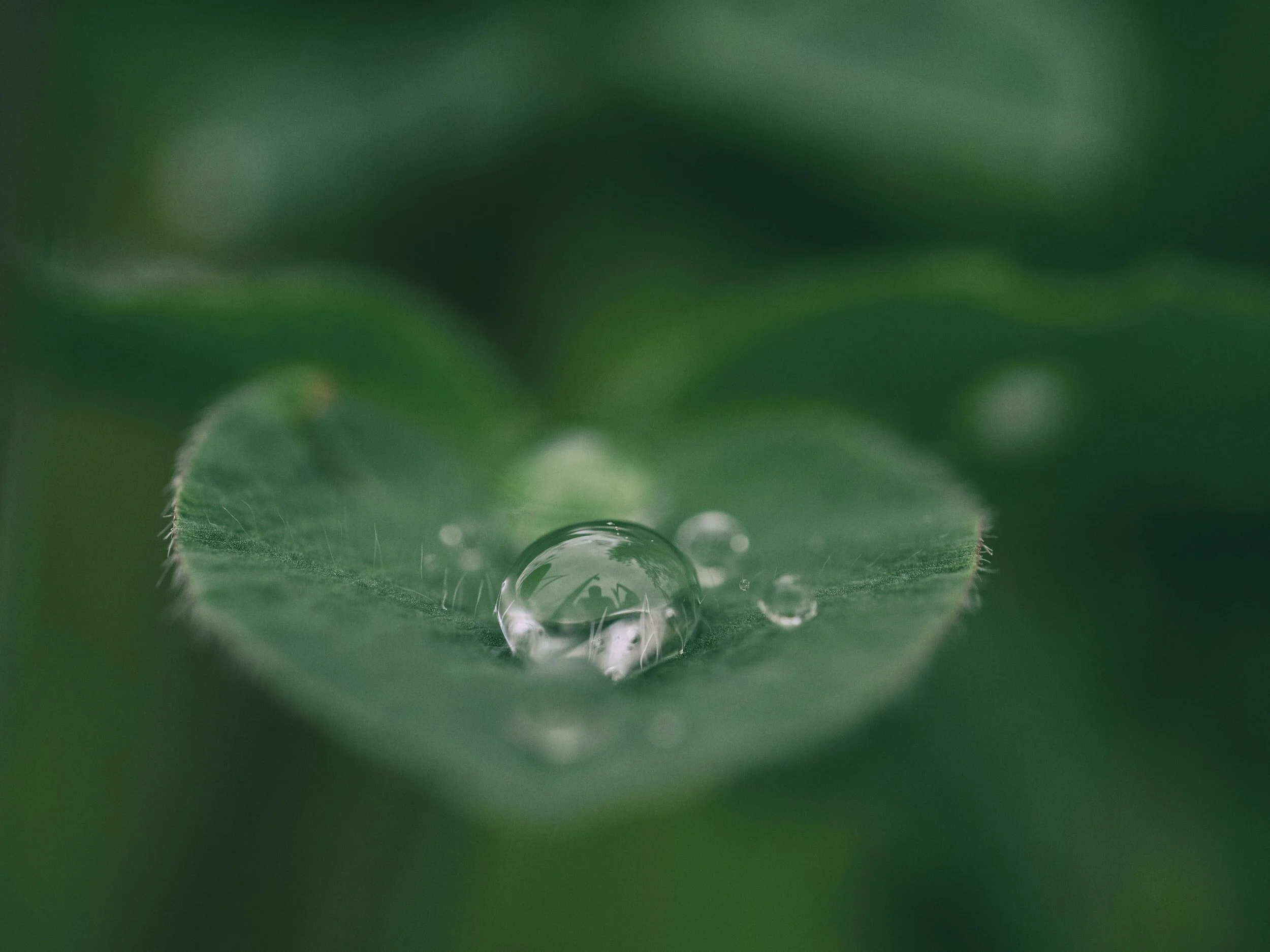The Green Institute
How will the government use its dollars for Biden's land conservation program to promote local conservation?
President Joe Biden has a big challenge, to conserve 30% of the US land and water by 2030. Biden signed an executive order at the beginning of his term that addresses “facing the climate crisis”. With that, a report was created to explain which way the US can go in order to reach its goal. The report was titled as "Conserving and Restoring America the Beautiful", within their actions are creating more parks, increasing the habitats of animals, boost outdoor recreation and create incentives for fishers, farmers and forest owners to voluntarily conserve some of their land. Much has been discussed in this program as the report lacks many details on how the government will use its federal dollars and powers to promote local conservation. Although the importance of environmental preservation is clear, during the recent meeting of the House Committee on Natural resources, GOP lawmakers repeatedly described the plan as Biden's "radical 30 by 30 land grab initiative."
GOP lawmakers repeatedly described it as Biden’s “radical 30 by 30 land grab initiative.”
Circular Economy: The Future of Business Post COVID-19
Much has been discussed about the impacts of the new circular economy and its positive effects on the environment and the generation of economic opportunities, but what is the perspective for after COVID-19? The post-pandemic world is very uncertain, but top experts have concluded that adopting circular economy strategies might be one of the best ways to ensure business recovery. About 8.6% of the world economy is circular, says The 2020 Global Circularity Report. Great opportunities are in store for this market, as it is directly linked to consumption habits when it comes to recycling, reusing, and reusing waste and raw materials. The circular economy is able to generate employment opportunities, create new avenues of revenue, and fuel economic activity while reducing some pressure on natural resources. Faced with the impacts of covid, the circular economy appears as a solution for new lifestyles and businesses, with more social responsibility and concern for future generations.
SDG Media Zone at UN Youth Forum focuses on reimagining sustainable development as we approach a post-pandemic world
The discussion started in the SDG Media Zone at the 10th UN Youth Forum on advances in the objectives of sustainable development. Climate change and inequality were the most debated topics, and in the face of these issues, global youth perspectives on problems and possible global solutions in the post-pandemic were discussed. Young activists and local leaders expressed their opinions and showed what attitudes would be essential to continue pursuing the SDGs. The session was a special episode of the BBC World Service's 17-part series, called Project 17, where seventeen 17-year-olds in seventeen countries explore progress and setbacks towards achieving the Sustainable Development Goals.
Living Planet: Aflatoxins threaten food security for millions in East Africa
Global warming has been impacting life on land in several ways, and due to the rise in temperature on earth, a new type of mycotoxin called “aflatoxin” is affecting corn and peanut crops in East Africa, where thousands of people depend on these foods for survival. Several researchers in pathology and other areas have been studying over the years the serious situation that has been aggravated by the high temperature and several technologies can help to mitigate this impact, but that investment is needed.

